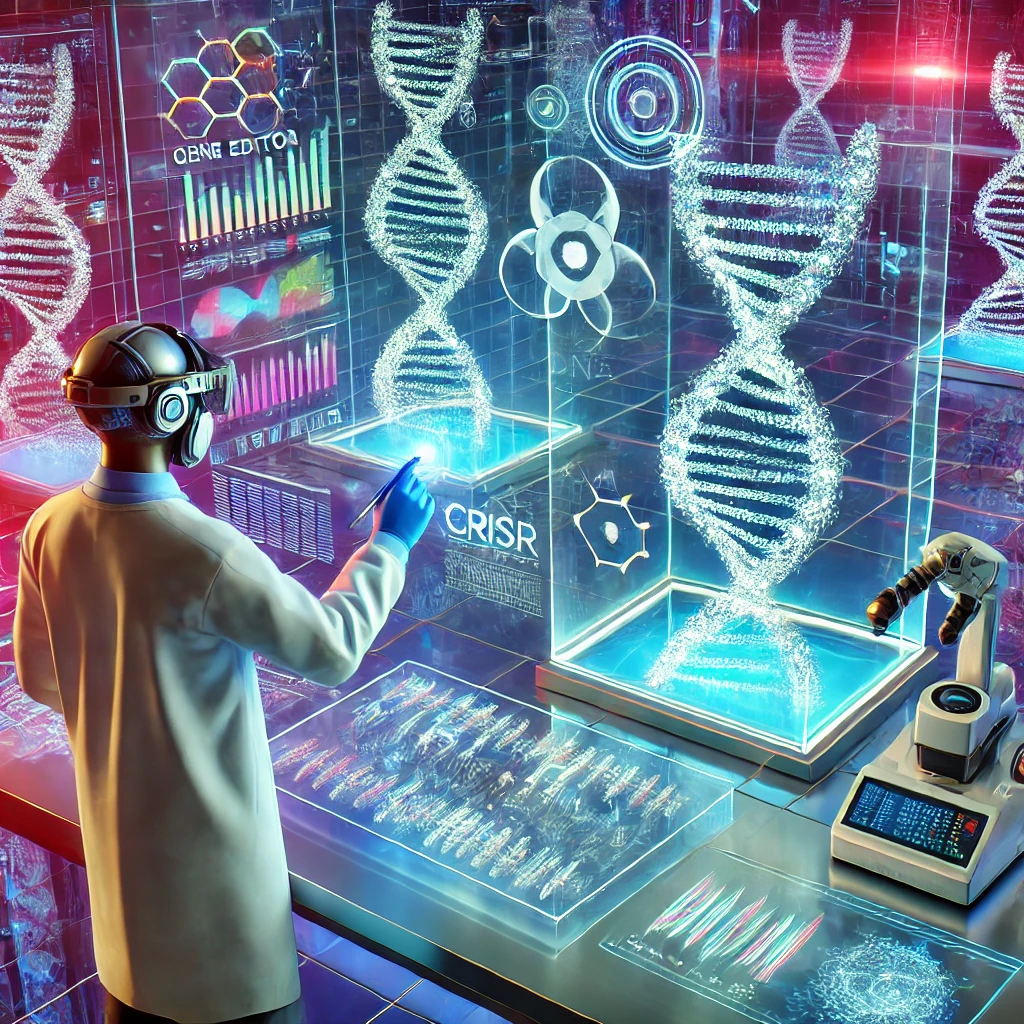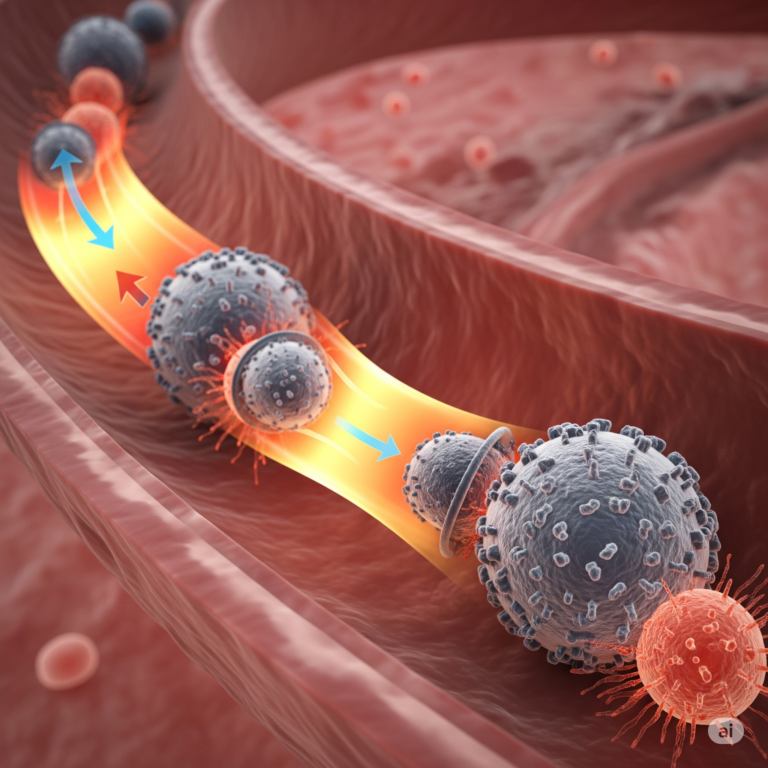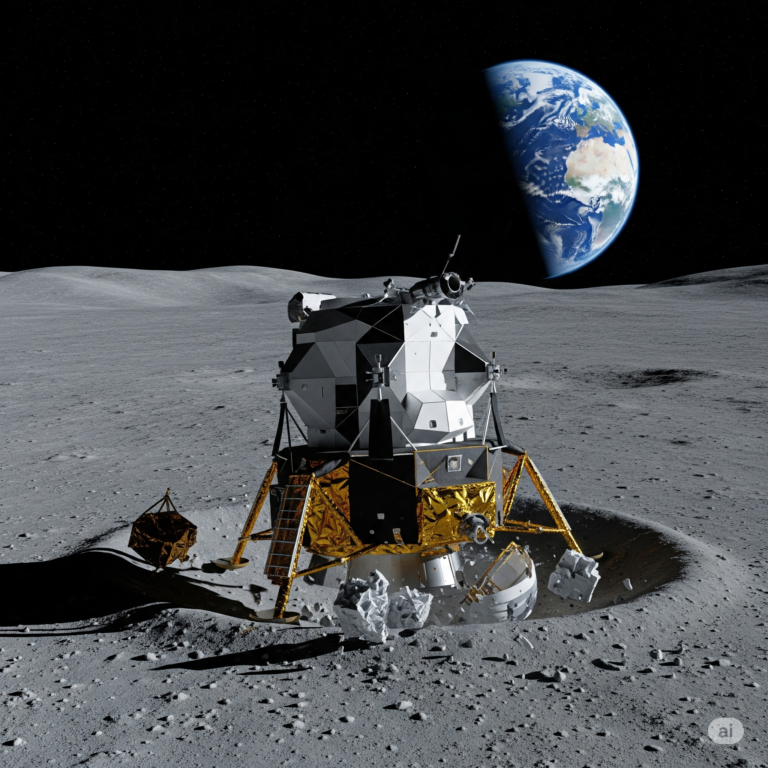Introduction
Imagine a world where genetic diseases could be eliminated, crops could be made resistant to pests without harmful chemicals, and even extinct species could be revived. This is no longer just science fiction—CRISPR gene editing is making these possibilities a reality.
CRISPR, short for Clustered Regularly Interspaced Short Palindromic Repeats, is a revolutionary genetic engineering tool that allows scientists to edit DNA with unprecedented precision. It has rapidly transformed the fields of medicine, agriculture, biotechnology, and environmental science.
In this article, we will explore how CRISPR works, its groundbreaking applications, ethical concerns, and what the future holds for this cutting-edge technology.
1. What is CRISPR and How Does It Work?
CRISPR is a natural defense mechanism found in bacteria, which they use to fight off viruses. Scientists discovered that this system could be repurposed as a gene-editing tool to precisely alter DNA sequences.
A. The CRISPR-Cas9 System
The CRISPR gene-editing process primarily uses an enzyme called Cas9 (CRISPR-associated protein 9), which acts like molecular scissors to cut specific DNA sequences.
✔ Step 1: Guide RNA (gRNA) Identification – Scientists design a short RNA sequence that matches the DNA target. ✔ Step 2: Cas9 Protein Activation – The Cas9 enzyme is guided to the exact location of the DNA by gRNA. ✔ Step 3: DNA Cutting and Repair – Cas9 cuts the DNA, and the cell repairs the break by either removing, adding, or replacing genetic material.
This method allows scientists to precisely edit genes, opening up a wide range of possibilities in medicine, agriculture, and beyond.
2. CRISPR Applications in Medicine
One of the most exciting areas where CRISPR is making an impact is medicine. Scientists are using this technology to treat genetic disorders, develop cancer therapies, and even combat infectious diseases.
A. Curing Genetic Diseases
Many genetic disorders, such as sickle cell anemia, cystic fibrosis, and muscular dystrophy, are caused by small mutations in DNA. CRISPR has shown promise in correcting these mutations and potentially curing these diseases.
✔ Example: In 2020, scientists used CRISPR to successfully treat sickle cell disease in human patients, marking a major milestone in genetic medicine.
B. Cancer Treatment
CRISPR is also being explored as a tool to modify immune cells to better detect and destroy cancer cells.
✔ Example: CRISPR-edited T-cells are being used in CAR-T therapy to enhance the body’s ability to fight cancer more effectively.
C. Fighting Infectious Diseases
CRISPR is being developed to combat viral infections like HIV and COVID-19 by targeting and disabling viral genetic material inside human cells.
✔ Example: CRISPR-based diagnostics like SHERLOCK and DETECTR can quickly detect viruses in patients, leading to faster and more accurate testing.
3. CRISPR in Agriculture and Food Production
CRISPR is transforming agriculture by enabling the development of stronger, healthier, and more sustainable crops.
A. Pest-Resistant Crops
CRISPR is being used to modify crops so they naturally resist pests, reducing the need for harmful chemical pesticides.
✔ Example: Scientists have used CRISPR to create wheat resistant to fungal infections, reducing crop losses.
B. Drought-Tolerant Plants
With climate change leading to unpredictable weather, CRISPR is helping scientists develop drought-resistant crops that require less water.
✔ Example: Rice strains modified with CRISPR can survive extreme drought conditions, ensuring food security in arid regions.
C. Improved Nutritional Value
CRISPR can enhance the nutritional content of food by increasing levels of vitamins, minerals, and antioxidants.
✔ Example: Scientists have edited tomatoes to boost their vitamin C content, making them healthier for consumers.
4. CRISPR in Biotechnology and Environmental Science
A. Reviving Extinct Species
CRISPR has been proposed as a tool for de-extinction, where scientists edit the genomes of close relatives to bring back extinct species.
✔ Example: Scientists are working to revive the woolly mammoth by editing the DNA of its closest living relative, the Asian elephant.
B. Eliminating Disease-Carrying Mosquitoes
CRISPR can be used to modify mosquito populations to reduce the spread of diseases like malaria and dengue fever.
✔ Example: Scientists have used CRISPR to create sterile male mosquitoes, effectively reducing populations in affected areas.
C. Cleaning Up Pollution
CRISPR can modify bacteria to break down toxic pollutants, including oil spills and plastic waste.
✔ Example: Engineered bacteria can convert plastic waste into biodegradable material, helping reduce environmental pollution.
5. Ethical Concerns and Risks of CRISPR
Despite its exciting potential, CRISPR also raises ethical and safety concerns.
A. Human Genetic Modification
Modifying human embryos to eliminate genetic diseases sounds promising, but it also raises moral and ethical questions about designer babies and unintended consequences.
✔ Example: In 2018, a Chinese scientist controversially used CRISPR to edit the genes of twin babies, sparking global debates on bioethics.
B. Off-Target Effects
CRISPR is not perfect, and unintended gene edits (off-target effects) can cause mutations that might lead to cancer or other diseases.
✔ Solution: Scientists are working on next-gen CRISPR technologies, like CRISPR-Cas12 and CRISPR-Cas13, which improve precision and reduce risks.
C. Accessibility and Equity
There are concerns that CRISPR-based treatments could only be available to the wealthy, leading to genetic inequality.
✔ Solution: Policies must be developed to ensure fair access to CRISPR technology worldwide.
6. The Future of CRISPR Technology
CRISPR is still in its early stages, but the future looks incredibly promising. Here’s what we can expect:
🔹 More Precise Gene Editing: New versions of CRISPR will reduce errors and improve accuracy. 🔹 Widespread Medical Use: CRISPR-based therapies could soon become standard treatments for genetic disorders. 🔹 Synthetic Biology Breakthroughs: Scientists will use CRISPR to engineer bacteria for medical and industrial applications. 🔹 Space Exploration: NASA is researching CRISPR for potential use in modifying organisms for survival in space.
As researchers continue to refine this technology, CRISPR may reshape the future of medicine, agriculture, and biotechnology in ways we never imagined.
Conclusion
CRISPR gene editing is one of the most groundbreaking scientific advancements of our time. From curing genetic diseases and creating resilient crops to eliminating deadly mosquitoes and cleaning up pollution, the potential applications are limitless.
However, with great power comes great responsibility. While CRISPR offers exciting possibilities, ethical considerations and safety concerns must be addressed to ensure its responsible use.
The question remains: How far should we go in rewriting the code of life? Only time will tell, but one thing is certain—CRISPR has forever changed the landscape of science and medicine.














+ There are no comments
Add yours